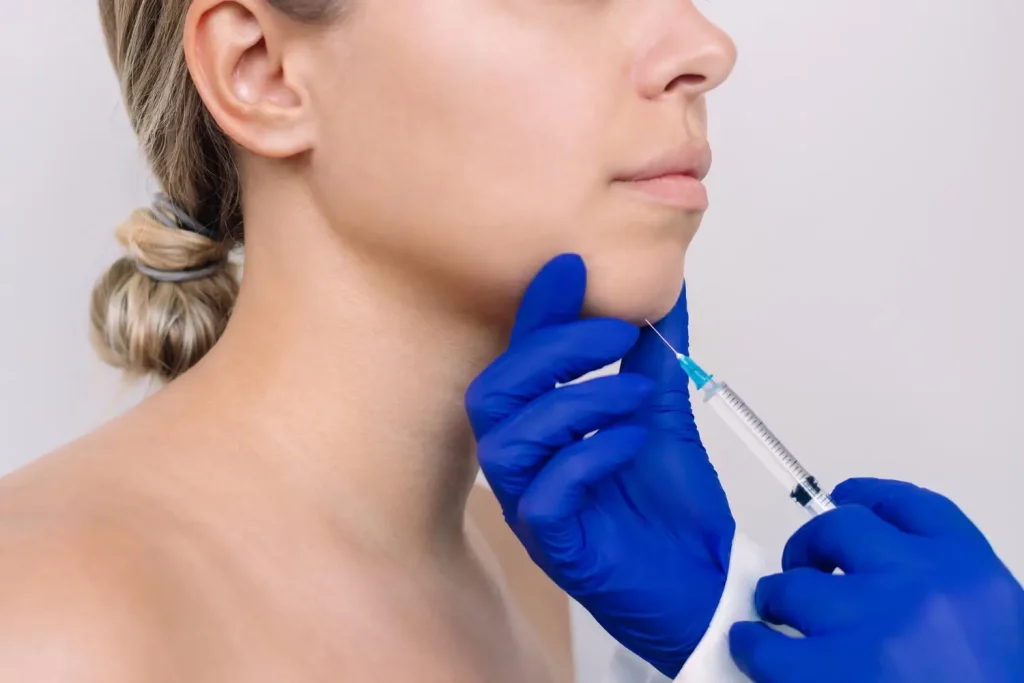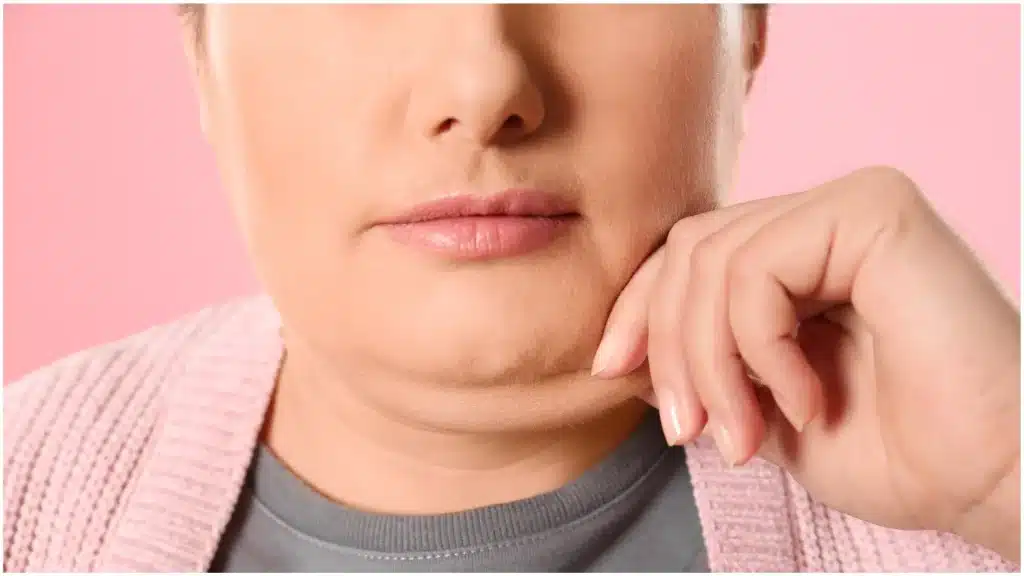Menopause brings many changes, thus the name “change of life”. It means a new era in a woman’s life, with no more menstruation, no more ovulation, and an increased risk for osteoporosis, among other things. Although these aspects of menopause get plenty of attention, fewer women talk about vaginal atrophy. Vaginal atrophy may be uncomfortable and concerning to menopausal women, but they may not choose to speak to their doctor because they are embarrassed or because they are not aware of treatment options. This is unfortunate, because newer treatments can help women cope with this one uncomfortable aspect of menopause. Thankfully, more women are learning just how common it is to experience vaginal changes during menopause, and they are starting to seek treatment. According to the ASPS, vaginal rejuvenation treatments are gaining popularity, as awareness grows of these surgical and minimally-invasive treatments.
What is vaginal atrophy?
Vaginal Atrophy, sometimes called vulvovaginal atrophy, is the loss of moisture and volume in the vaginal area. The vaginal tissue becomes thin and dry, and the labia majora and clitorial tissue may lose volume. There is less blood flow to the area and this thin, fragile tissue may become easily damaged. This can mean constant discomfort and more painful sex, along with a greater chance of yeast infections and urinary tract infections (UTIs). Not only that, the condition can cause urinary incontinence.
Why does vaginal atrophy occur?
As menopause approaches, or after childbirth, estrogen levels drop. Along with other changes, this drop in estrogen levels thins the vaginal epithelium. The vagina becomes less elastic, blood flow decreases, and there is less lubrication. The thinning and lack of fluids not only dries out the vaginal area but also decreases its volume, with shrinking labia majora causing the labia minora to appear larger and lower. This change in size difference between the labia majora and minora may cause them to appear disproportional, and it can also cause chafing as the labia minora is more exposed to clothing. The reduction in epithelial cell turnover also causes the vaginal pH to rise, allowing bacteria to thrive and trigger infections.
How common is vaginal atrophy?
About fifty percent of menopausal women will experience vaginal atrophy. However, many doctors may not ask their patients about vaginal atrophy symptoms, and many women do not mention this delicate topic to their doctor. This means that many women who have vaginal atrophy fail to receive a diagnosis or treatment, even when they are coping with symptoms such as dryness and irritation.
Who may be affected by vaginal atrophy?
Vaginal atrophy is common in postmenopausal women, but can also occur in perimenopausal women as their estrogen levels begin to drop. Women can experience vaginal atrophy after childbirth and while breastfeeding, with their fluctuating hormones, and women can also experience vaginal atrophy during hormonal treatments for breast cancer, infertility, endometriosis, or fibroids, or if they have stress or depression. This means almost any woman can be affected by vaginal symptoms.
What are the treatment options for vaginal atrophy?
Hormonal Therapy
Since vaginal atrophy is triggered by a reduction in estrogen levels, hormone therapy with estrogen can help. Low-dose vaginal estrogen preparations, including creams, suppository tablets, or rings that release the hormone, can help restore enough estrogen in the vaginal area to reduce symptoms of vaginal atrophy. However, depending on the patient, there may be concerns about the risks of hormone therapy. Breast cancer patients in particular may be at risk of negative side effects from hormone therapy.
Vaginal Lubricants
To relieve dryness, itching, or painful intercourse, women can use over-the-counter lubricants. Women can apply these liquids or gels externally, or use suppository ovules every few days. These lubricants can help temporarily restore moisture to relieve some symptoms, although they cannot restore volume.
Vaginal Rejuvenation Injections
While women may have more experience or knowledge of hyaluronic acid injections for facial wrinkles, similar injections are available that can help restore moisture and volume to the vaginal area. Just like with the use of facial fillers, these injections help retain moisture within the target area, having the added benefit of restoring volume. Undergoing this treatment keeps the vaginal area lubricated while also restoring volume and tightening skin. Aesthetically, the additional volume in the labia majora region conceals the labia minora, reducing the chance of chafing and restoring the appearance of symmetry. With the moisturizing and volume-increasing properties, this variant of dermal filler can assist in the process of restoring a youthful look and feel to the vaginal area. One brand of this exact type of vaginal injectable is Desirial, with two products to choose from for different applications; Desirial for restoring moisture and volume and Desirial Plus for larger volume amounts. The resulting effects can last up to two years, giving women the certainty of long-lasting moisture restoration.
Staying Active
Exercising regularly helps with blood flow and circulation, which can help reduce symptoms of vaginal atrophy. Staying sexually active also seems to help, keeping blood flow to the vaginal area and releasing lubrication more regularly.
How Popular are Vaginal Rejuvenation Procedures?
When the American Society of Plastic Surgeons (ASPS) released their statistics this year, they included for the first time vaginal rejuvenation. The ASPS had only collected information on these procedures for the past two years, but between 2015 and 2016, there was an almost 40% jump in demand. More women are seeking these vaginal rejuvenation treatments, and this could be the next big growth area in plastic surgery.
Although talking about vaginal discomfort may be taboo, many women are discovering just how common it is and that solutions are available. They do not need to suffer with vaginal dryness and volume loss before and after menopause when vaginal injections or other treatments can help restore both moisture and volume. If your patients are approaching a certain age, you can talk to them about what they may be experiencing and let them know what solutions are available. Just because they are experiencing the change of life does not mean they have to live with vaginal changes.
Desirial vaginal rejuvenation injectables are available at Medical Spa RX. Visit MedicalSpaRX.com to learn more about these products or to purchase these injectables and others, like Dysport, at wholesale prices.



















